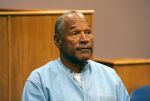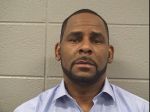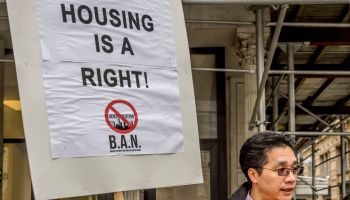Nigeria’s ‘Best Practices’
Government and health officials hope that the success in Nigeria can be a blueprint for other countries in how to combat Ebola. The WHO outlines what was done to stop the spread of Ebola in Nigera:
Strong leadership and resources
The most critical factor is leadership and engagement from the head of state and the Minister of Health. Generous allocation of government funds and their quick disbursement helped as well. Partnership with the private sector was yet another asset that brought in substantial resources to help scale up control measures that would eventually stop the Ebola virus dead in its tracks.
State-of-the-art equipment
Another key asset was the country’s first-rate virology laboratory affiliated with the Lagos University Teaching Hospital. That laboratory was staffed and equipped to quickly and reliably diagnose a case of Ebola virus disease, which ensured that containment measures could begin with the shortest possible delay.
High-quality contact tracing
In addition, high-quality contact tracing by experienced epidemiologists expedited the early detection of cases and their rapid movement to an isolation ward, thereby greatly diminishing opportunities for further transmission.
READ: Ebola Threatens The World’s Chocolate Supply
Public education and community engagement
House-to-house information campaigns and messages on local radio stations, in local dialects, were used to explain the level of risk, effective personal preventive measures and the actions being taken for control. On his part, the President reassured the country’s vast and diversified population through appearances on nationally televised newscasts.
The full range of media opportunities was exploited – from social media to televised facts about the disease delivered by well-known “Nollywood” movie stars.
Use of proven measures from previous outbreaks
When the first Ebola case was confirmed in July, health officials immediately repurposed polio technologies and infrastructures to conduct Ebola case-finding and contact-tracing.
The use of cutting-edge technologies, developed with guidance from the WHO polio programme, put GPS systems to work as support for real-time contact tracing and daily mapping of links between identified chains of transmission.
Margaret Chan, WHO Director, is optimistic other affected areas can replicate Nigeria’s methods. “If a country like Nigeria, hampered by serious security problems, can do this … any country in the world experiencing an imported case can hold onward transmission to just a handful of cases.”
In related news, WHO announced that Senegal was ebola-free last week.
How Nigeria Became ‘Ebola-Free’ was originally published on blackdoctor.org
















